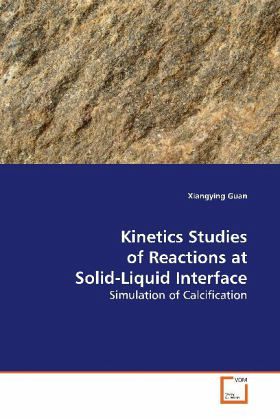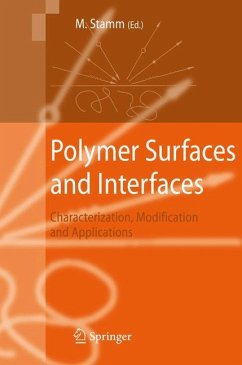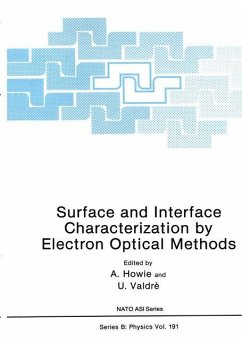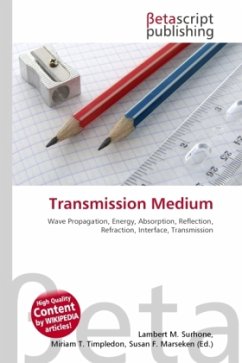
Kinetics Studies of Reactions at Solid-Liquid Interface
Simulation of Calcification
Versandkostenfrei!
Versandfertig in 6-10 Tagen
39,99 €
inkl. MwSt.

PAYBACK Punkte
20 °P sammeln!
Calcification is the process in which the mineral calcium (mainly calcium phosphate and calcium oxalate) forms from biological matrices. Many medical problems are also associated with normal and pathological calcifications, like optic calcification of intraocular lens, and kidney stone formation of calcium oxalate concretions having CaP nidi. This book looks at the physico-chemical mechanisms of these processes on both kinetic and molecular levels and applies these theories to show how physiological constituents (magnesium, citric acid, and osteopontin) influence the formation, stability of ca...
Calcification is the process in which the mineral
calcium (mainly calcium phosphate and calcium
oxalate) forms from biological matrices. Many
medical problems are also associated with normal and
pathological calcifications, like optic
calcification of intraocular lens, and kidney stone
formation of calcium oxalate concretions having CaP
nidi. This book looks at the physico-chemical
mechanisms of these processes on both kinetic and
molecular levels and applies these theories to show
how physiological constituents (magnesium, citric
acid, and osteopontin) influence the formation,
stability of calcium phosphate. These principles are
also applied to pathological calcification such as
renal stone formation. A similar approach is used as
the author discussed optic calcification on
implanted intraocular lens (IOL) surfaces and the
roles that viscoelastic materials play during
surgery.
calcium (mainly calcium phosphate and calcium
oxalate) forms from biological matrices. Many
medical problems are also associated with normal and
pathological calcifications, like optic
calcification of intraocular lens, and kidney stone
formation of calcium oxalate concretions having CaP
nidi. This book looks at the physico-chemical
mechanisms of these processes on both kinetic and
molecular levels and applies these theories to show
how physiological constituents (magnesium, citric
acid, and osteopontin) influence the formation,
stability of calcium phosphate. These principles are
also applied to pathological calcification such as
renal stone formation. A similar approach is used as
the author discussed optic calcification on
implanted intraocular lens (IOL) surfaces and the
roles that viscoelastic materials play during
surgery.












